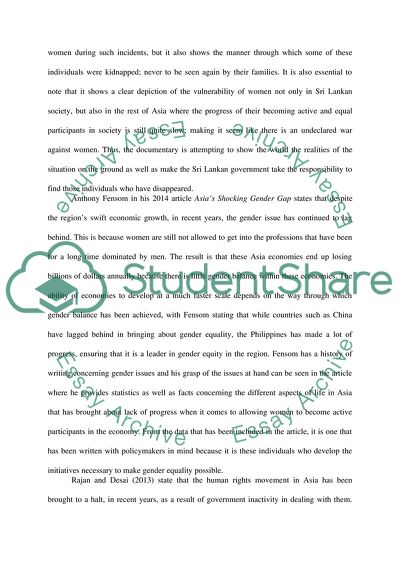Cite this document
(“Gender and Development in South Asia Essay Example | Topics and Well Written Essays - 2000 words”, n.d.)
Gender and Development in South Asia Essay Example | Topics and Well Written Essays - 2000 words. Retrieved from https://studentshare.org/history/1682567-gender-and-development-ngos-all-countries-in-south-asia
Gender and Development in South Asia Essay Example | Topics and Well Written Essays - 2000 words. Retrieved from https://studentshare.org/history/1682567-gender-and-development-ngos-all-countries-in-south-asia
(Gender and Development in South Asia Essay Example | Topics and Well Written Essays - 2000 Words)
Gender and Development in South Asia Essay Example | Topics and Well Written Essays - 2000 Words. https://studentshare.org/history/1682567-gender-and-development-ngos-all-countries-in-south-asia.
Gender and Development in South Asia Essay Example | Topics and Well Written Essays - 2000 Words. https://studentshare.org/history/1682567-gender-and-development-ngos-all-countries-in-south-asia.
“Gender and Development in South Asia Essay Example | Topics and Well Written Essays - 2000 Words”, n.d. https://studentshare.org/history/1682567-gender-and-development-ngos-all-countries-in-south-asia.


